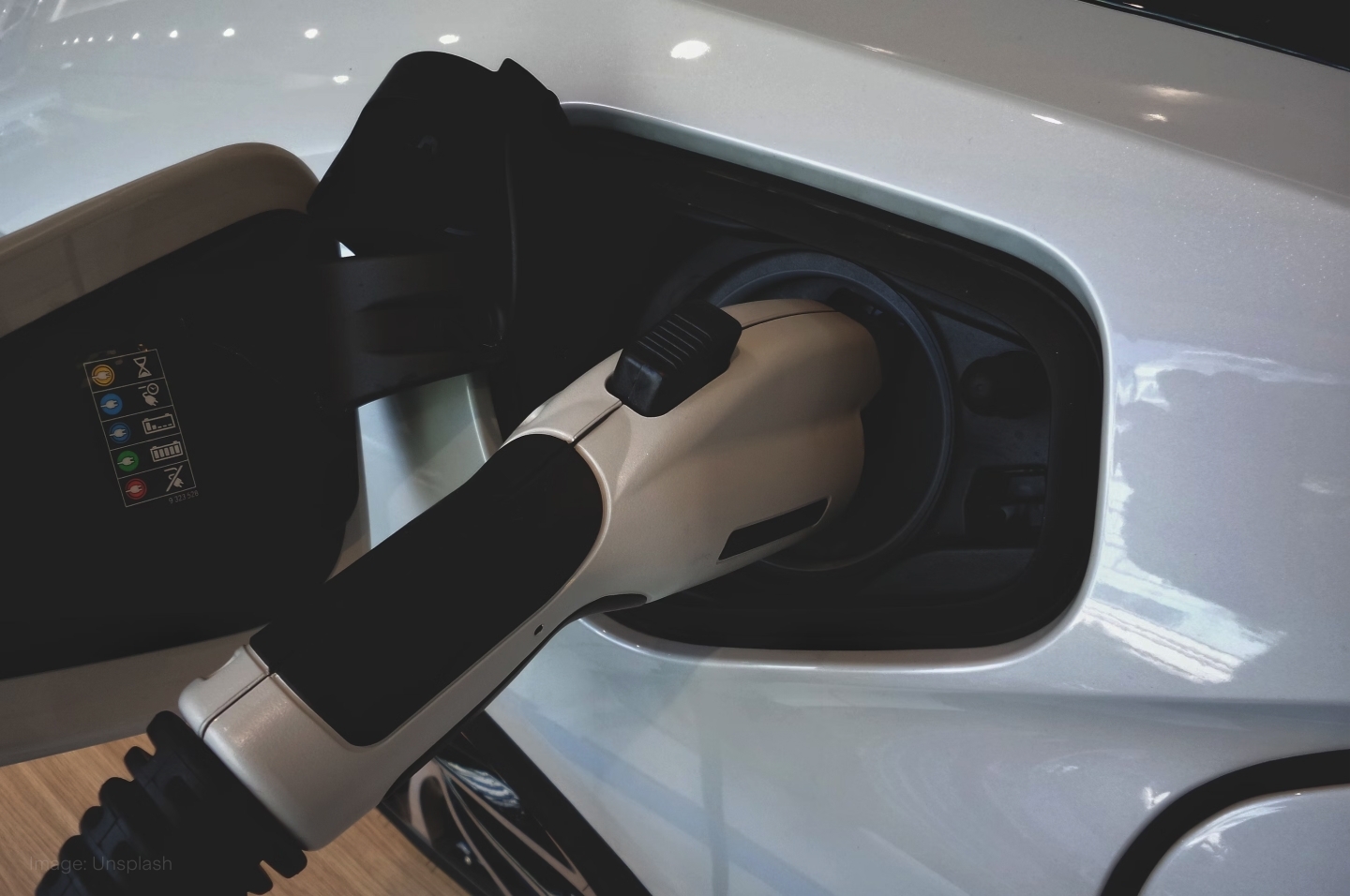
Re-Lit
The World Bank and many other institutions have named lithium a lynchpin material for a low carbon, battery-powered future. This expectation led to lithium’s price increasing over 1,100% from the start of 2021 to the end of last year, but how certain is this future?
Lithium is a topic popular with investors, and it’s one we have covered in 25 March 2022’s edition of The Wrap: Lit.
According to BloombergNEF, lithium-ion battery packs cost US$141 per kilowatt hour (kWh) in 2022 on average. Why is this important? Today’s battery prices are at price parity only with petrol and diesel premium cars. For the majority of middle-market internal combustion vehicles, experts believe EVs to only reach parity at US$100 per kWh. BloombergNEF currently estimates this to happen in 2026 at earliest – a timeline that has been pushed back a few times due to rising commodity prices.
Additionally, US$100 per kWh is understood to be at the limit of lithium-ion battery technology’s capabilities. Venkat Viswanathan, Associate Professor at Carnegie Mellon University, has said lithium-ion battery prices could still decline by 20% to 30% but may not get much lower. While the exact point where the technology will hit a wall is up for debate, the point is accepted by many. That being, lithium-ion battery technology will get us to the tipping point, but no further.
The risk for lithium investors is whether other technology will take its place as manufacturers look to cut costs. Some being discussed are the lithium-sulphur technology under development by Li-S Energy ($LIS) and hydrogen fuel cells, a topic discussed in 3 May 2022’s edition of The Wrap: H2. There’s also sodium-ion batteries – a lower-cost alternative with a highly accessible supply chain. While perhaps currently less attractive than lithium-ion due to its low energy density, Chinese battery giant, CATL, is looking to commence production as early as this year.
Despite all this, lithium-ion currently remains the global market leader in EV batteries. Remember, this is a long-term risk, and the candidates for lithium-ion’s replacement are still a few years away from becoming viable — something for investors to make their own minds up on as time goes by.

